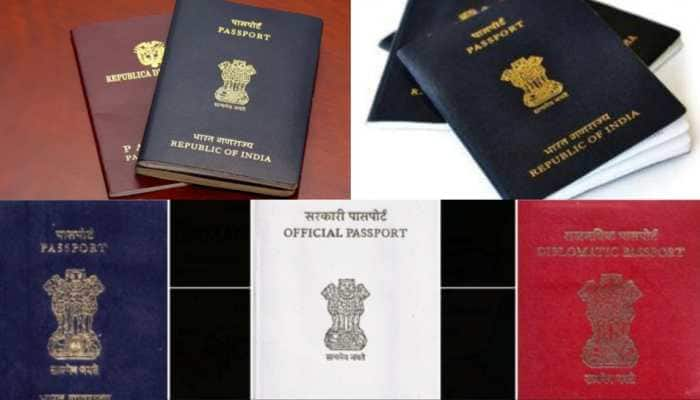Reform In Education Sector Need Of Hour As Number Of Students Leaving India For Higher Studies Continue To Increase: Expert
When India is poised to become the 3rd largest economy of the world, the higher education sector still remains sombre.
Trending Photos
) Image credit: ANI
Image credit: ANI Writtern By Dr Kirit Shelat: With India’s demographic dividend, we have the potential to develop our wealth of knowledge and technical skills for the future generations to lead. Discourse over education sector reforms often circle back to the need for greater infrastructure and investments in regions of disparity. This not only makes quality education more accessible, but also potentially minimizes the economic drain we face due to a lack of quality infrastructure.
Historically, India held a pole position in higher education sector with centre of excellence like Nalanda University that attracted scholars and students from different parts of the world for multiple disciplines like philosophy, mathematics, medicine, astronomy, and political science etc. Turn to this decade, when India is poised to become the 3rd largest economy of the world, the higher education sector still remains sombre.
As of 2022, over 7.5 lakh Indians went abroad for higher education and this number is expected to grow to 20 lakhs by 2024. As per Parliamentary discussions, money spent by Indian students abroad exceeds the education budget of India, and the cost of migration for higher education only increases every year. By 2024, the forex drain due to spends on tuition and other expenses is expected to cross a staggering 80 Bn US dollars.
Aside from international migration, another issue that plagues the education sector is that of regional migration. Migration for higher education within India can also lead to disproportionate development. According to the Indira Gandhi Institute of Development Research (IGIDR, 2014), when the youth migrate internally in search of education and employment, poorer states assume the roles of “feeders”, while states with premier institutions benefit from the inflow of students.
Investment in higher educational institutions, therefore, becomes key. The need for state-of-the-art educational institutions in regions with high internal migration rates is the first step to eradicating these inequalities. Secondly, investment by private players, who possess an adequacy of both capital and know-how in specialized fields, should be encouraged.
When we look at the United States, the best of the universities had been developed with the aid of private grants. Be it Carnegie Mellon University established by Andrew Carnegie or University of Chicago founded by John D. Rockefeller, the US philanthropies have played a critical role in developing US as the most preferred destination for higher education, attracting best of the global talent.
In India, we have our shining examples in the efforts made by Jamsetji Tata in setting up of Indian Institute of Science and JRD Tata for the Tata Institute of Social Sciences. As we step into a multifaceted dynamic world, the need of the hour is focus on quality liberal arts education, which is crucial for entrepreneurial roles and interdisciplinary jobs.
It equips individuals with multidimensional thinking enabling them to adapt and thrive in diverse and ever-evolving professional environments. An audacious step in this direction is the proposed Vedanta University by the philanthropist Anil Agarwal. This is envisioned to be a state-of-the-art university in the heart of an important state like Odisha. If the University is given a green signal from the Apex Court, it can be a start of a movement towards augmenting higher education infrastructure in India, particularly for the East of India.
This will also set a positive trend of the much-required investments in the education sector, instilling hope for India to reclaim its lost glory and emerge truly as a ‘Vishwaguru’. Time is of great essence and India must not lose this golden opportunity to transform itself into a developed country.
(Views expressed in the article are personal opinion of the author. Dr Kirit Shelat, Retired IAS Officer who has worked for the government of Gujarat, India as head of various government departments and public undertakings.)
Stay informed on all the latest news, real-time breaking news updates, and follow all the important headlines in india news and world News on Zee News.
Live Tv







)
)
)
)
)
)
)
)
)
)
